Working From Home Office Essentials
If You Are looking To Work From Home In Comfort, This Article Is For You
- Last Updated Oct 28, 2020
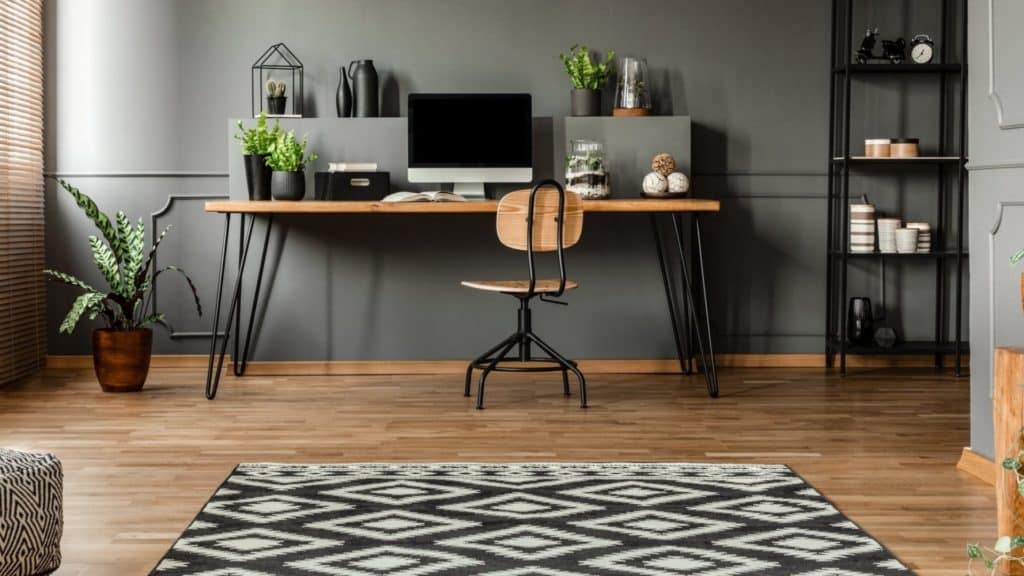
Working from home has become a lot more normalized in the last few months, and we all know why so let’s not go there. But, if your home office proved to be a better workstation to you than your actual office, then maybe its time to invest in some extra or up to date gear to make a situation of necessity become more of a situation of convenience.
So, this is going to be a list of different tech essentials you need in your home if you want the optimal at-home office environment!
Your Workstation
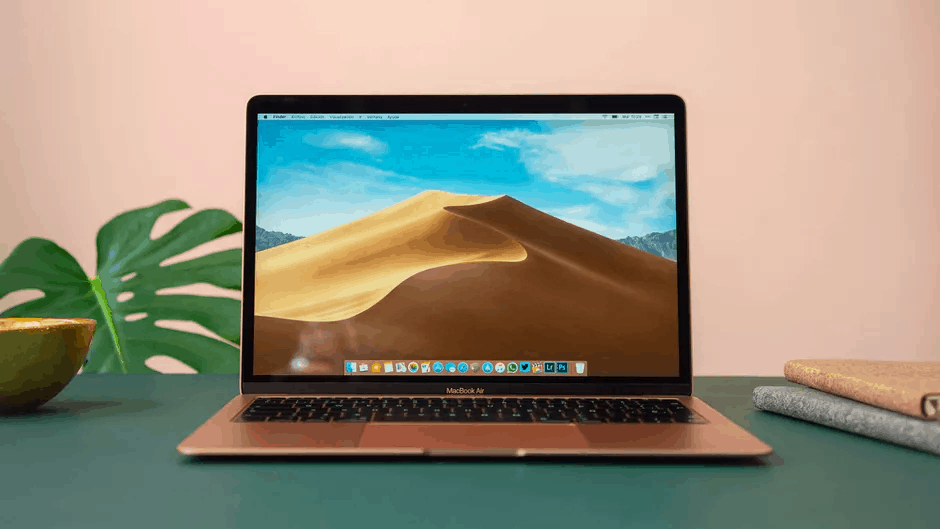
That’s what they usually call computers in an office, isn’t it? Anyway, the best kind of computer for working at home is often one that can leave that home easily, and that means a laptop.
There are so many different options to choose from when it comes to selecting a decent laptop to work from home on, so I’m going to focus on the best of the best here, rather than waste your time with weaker machines that might not stand up to the test of time or durability due to shoddy quality.
Now, if you are looking for a machine that can handle professional-level tasks comfortably and also offer you an insane level of portability then the MacBook line of products is probably the one for you. You are going to be a bit spoiled for choice when it comes to the range of products within Apple’s flagship laptop line – but the truth is, if you are looking for a machine that can handle day to day office and professional tasks with no real specialized software running, then you are going to be just fine buying the lowest priced product in the line – the MacBook Air.
The MacBook Air is a brilliant little machine that is absolutely ideal for any professional out there looking to use a laptop for their at home-work life. It comes with a quad-core Intel i7 under the hood, which is important because it means that this machine will be capable of running all of your standard fare office-based applications without any worry whatsoever – and I’m including Microsoft Office in that statement as Mac devices have their own localized version of Microsoft’s Office suite for users to enjoy, so you never have to worry about compatibility.
You are also going to have a 13.3-inch screen capable of putting out incredibly vibrant color and images, so if a lot of your job hinges on the editing or feedback of graphic elements, then you aren’t going to be let down by the MacBook Air.
And, if up to 2tbs of internal memory isn’t enough for you, then you can always rely on the Apple iCloud as a storage network that will let you bring your work with you wherever you go, lending itself to the portability of the machine and helping you whenever you go into the office by cutting down on the number of flash drives and external HDDs that you might have to pack to go with you.
Speaking of taking it into the office, the MacBook Air also comes as standard with a Thunderbolt 3 cable, which means that if you ever need to present on a screen that doesn’t support wireless streaming, then you can always connect to displays (up to 6K) and expect a seamless and clear dual monitor setup.
The MacBook Air also has fingerprint-based security so that you can keep peace of mind if you ever lose your machine in transit and are worried about any sensitive materials kept within, and it even has an HD webcam built-in alongside 3 separate microphones to make telecommuting even easier.
Basically, the MacBook air ticks all the right boxes when it comes to working from home, and it can even support you as you travel into the office easily, performing as well at home as it does on a train or in the office itself.
Your Home Network
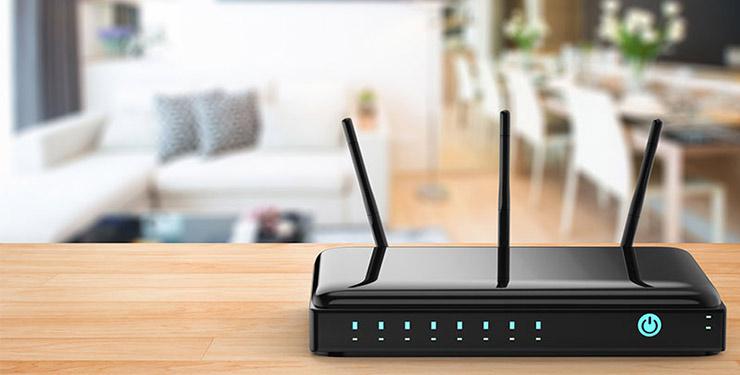
When it comes to your home internet connection, you might be surprised to learn that there is actually a lot more in the way of options available to you than just your ISP – options like setting your own home network up that includes elements like your own router, additional security and even devices attached to the network.
So, you might be sat there thinking to yourself ‘how hard is it to set up my own home network?’ and the answer is…not very. I wrote a full article on it here if you want to follow the steps and set yourself up a tidy private network, but the biggest question to come after ‘how do I set up a home network’ is ‘why should I set up a home network?’
Well, let’s start with the benefits of using a third-party router. First off, by selecting and installing your own internet router you might be surprised to learn that you could possibly extend the range of your broadband coverage as well as the speed in which you download and upload information to and from the web. Basically, you are removing any hardware restrictions when it comes to your internet speed and taking it upon yourself to ensure a stable, secure, and expansive internet connection that covers your own home. Pretty handy stuff if you need to stay connected all day in order to work productively!
But what kind of features should you expect on a home network? Well, first off its much easier to connect range extenders to your broadband on a private network, effectively extending your range of operations quite significantly, and taking advantage of your untapped new router all at the same time. Perfect if you like to work in different rooms (or even the garden) at different times of the day. It’s not just network extenders that you can connect to your network either.
Wireless printers can also be programmed into your home network to be accessed by any device using the network itself, making printing documents (or whatever else you need to print) much easier. Plus, if you have a scanner attached to that printer, signing workplace documents becomes a doddle too.
One of the handiest bits of kit you can integrate into your home network though is a network-attached storage device. This handy bit of kit acts as your own personal cloud storage network, so no matter what device you are in in your home you can always access whatever documents or files you need from your home network, and save to it as well, removing the need for external hard drives and making switching from a desktop to a laptop a doddle. You can restrict access by user, but otherwise, it’s a great way to stay connected to vital materials.
The third real benefit to having your own home network is the additional level of cybersecurity that comes along with knowing and running your own network. Adding in your own password and other forms of dedicated anti-virus into your network is only going to make your private and sensitive documents even more secure – making your at-home office all the more viable workplace.
I mentioned in the intro that this guide will help you see working from home as less of an act of necessity and more of an act of comfort – and installing and running your own home network is just one way of streaming your at-home workflow whilst making everything easier and more professional grade to work with.
Your Microphone And Webcam
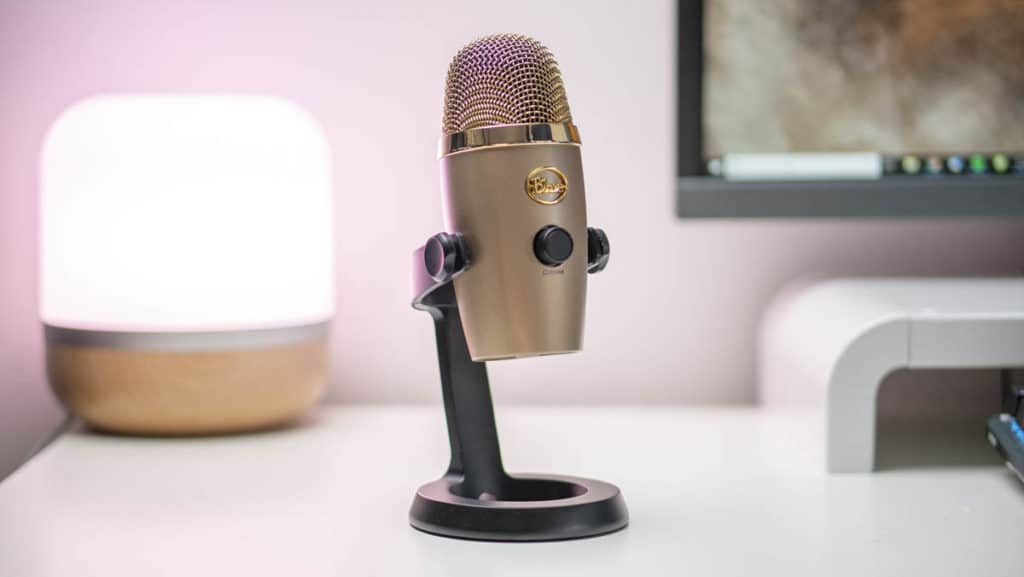
Sadly it’s a fact of working life that at some point when you are working from home you are going to have to actually talk to the people you work with. Disappointing, I know, but it’s unavoidable, and in these situations, we have to rely on webcams and microphones in order to join in on important video and telephone calls that have all the gravitas of regular meetings. Luckily, lots of laptops come with this hardware built-in – but that isn’t always the case, and even when it is, they might not be of top quality.
If you aren’t happy with the microphone and camera included on your laptop, MacBook, or you just don’t have any camera or microphone to speak of at all, then you really should consider investing in a quality mic and webcam that is going to offer clarity and clear communication for when you are on company calls.
So, starting with the microphone, we would recommend a Blue Yeti as your microphone for several reasons, not least because it’s been the favourite of streamers, YouTube personalities, amateur voiceover artists, musicians, and more for years now.
The reason for the Blue Yeti’s popularity is linked to the simplicity of the mic itself. For one thing, its USB connection, which means that all you have to do in order to use it is plug it into your laptop and get talking. You can also expect a range of different audio capturing options on the microphone itself, as well as the option to plug a headset into the microphone for instant feedback (and external audio) during phone calls.
Bundle all this with the Blue Yetis zero-latency input and you have a cheap, quality microphone that will serve you well when its time to make a call. But what about your webcam?
The issue here is that there is a near unlimited range when it comes to webcams and their prices – and depending on how much you spend, the video quality of your call will vary. That being said, dropping around a hundred dollars on a Logitech C920 is a good call.
The reasons why are pretty simple: the Logitech c920 offers 1080p recording with a stable 30fps via its camera, making for quality level calls (or even recordings if that’s what you need). It even features audio capturing capabilities, able to record clear stereo audio if you decide that you would rather channel all of your media outputs through one device rather than splitting through a webcam and a microphone.
Its design allows it to attach either to a monitor or a laptop screen too, so if you are working on either this camera will work out just fine for you. You connect via USB, and in certain situations, you can even pair it with iOS or Android devices for clarity on personal or professional video calls!
Basically, it’s incredibly cheap to set yourself up for professional-grade telecommuting, and with the right gear, there will be no communication-based mistakes or problems due to your working from home.
Your External Monitor
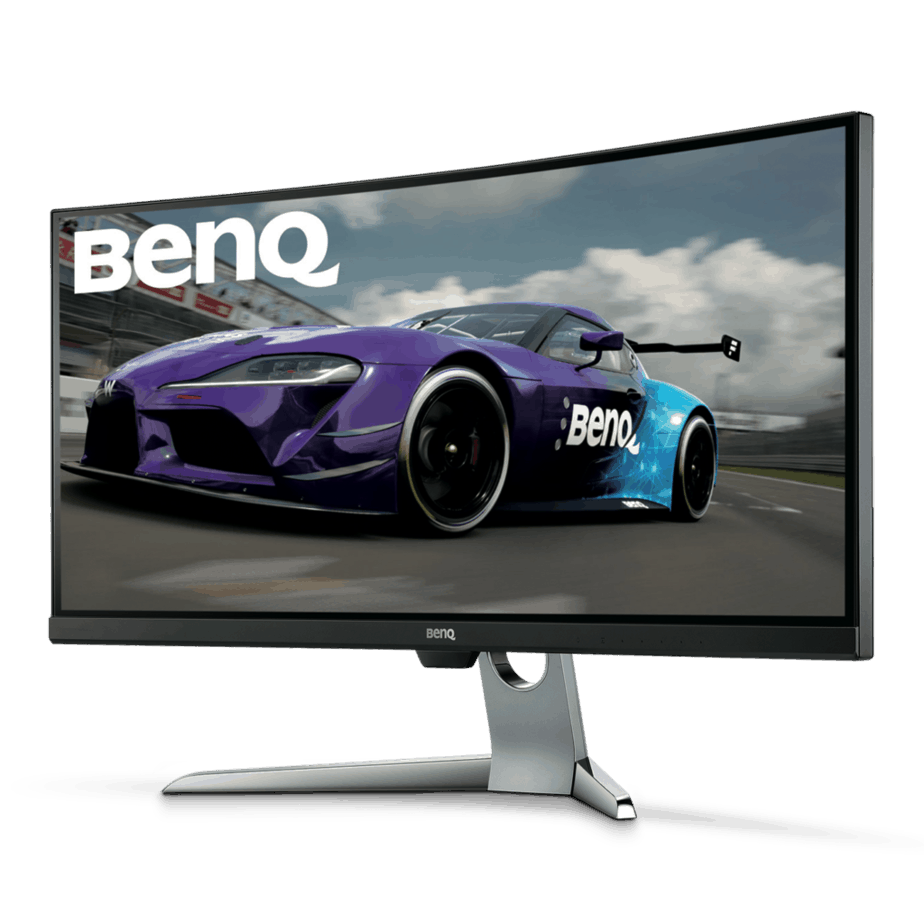
It might be the case that when you are working from home, you want to work between two screens rather than one. It can be very handy, much easier to work with, and increase productivity – I’m doing it right now, and hate having to get reduced down to a single monitor.
So, what should you go for if you are looking for a good monitor to use when working from home to pair with either a laptop, or another monitor alongside it?
The answer might depend on your budget rather than the tasks you are set to undertake on the monitor itself.
For general office-based work, you are going to be fine choosing a monitor without any real performance-based features, and that’s totally fine if you want to keep your costs down and just have a screen to work on – the Dell UltraSharp U2419H monitor, for example, is an example of a 24-inch monitor that will offer you average based performance for a low cost.
The thing is, monitors like this might not offer the best performance and only be good for the base level of office-based tasks. If you know that you want a little more from your monitor then it might be worth investigating some different options, depending on your needs.
If you are looking for a work from home monitor that offers 4K resolution and an HDR color palette, then we would definitely recommend the BenQ EL2870U – it’s a cheap monitor that offers exactly what I just mentioned, a 4K resolution with HDR. At 28 inches it’s not exactly the biggest monitor in the world, but it does offer you the option of mounting two on your desk and using a very well-performing (and color accurate) 4K dual monitor setup for less than $600 total, which isn’t bad at all.
All in all, the BenQ EL2870U is a great monitor to plug your laptop into or have running as your main screen – its cheap, well-performing and good quality for a low price. But what if you want a widescreen monitor to work on?
Well, we are going to go to BenQ again, but this time for their EX3501R ultrawide monitor. This comes in a little cheaper than going for a dual-screen setup with two of the EL2870U, but the sacrifice is actual screen space. The EX3501R measures in at thirty-five inches, which isn’t bad at all if you are only looking for a single ultrawide monitor on which to work on.
Combine that screen size with the fact that you can expect HDR colors from this screen, along with ultra high resolution and FreeSync (if you need it), you are going to be met with a very well-performing widescreen monitor perfect for whatever task you can throw at it. Trust me, get a document up on this thing, and you are really looking at that document.
There are plenty of other monitor options out there, but unless you are looking for something specialized then there is no real reason to break the bank. The monitors I outlined here are perfect for at home-work as they either fit into a budget plan, offer excellent clarity or screen space for your at home-work setup. If you have any other questions regarding monitors for your work though, just leave a comment below the article and we will do our best to help!
Your Enviroment
When it comes to working from home a lot of people forget that there are certain elements to work that are unavoidable – like sitting at a desk or in any form of a chair all day.
So, when it comes to chairs there is a lot to talk about. Posture, comfort, materials, and lots lots more – we have an article on some of the best chairs available for at-home use right here in case you wanted a comprehensive rundown, but for the sake of ease, I’m going to condense those points here so you can make an easier decision.
The first option when it comes to selecting a chair for your home office is related to the actual type of chair you want to get, and recently there has been a lot of fuss around what has long been referred to as ‘gaming chairs.’
Don’t be put off by the name though. What was once ‘gaming’ accessories have since become mainstays in the likes of offices, studios, recording stations, and other places of work based around sitting at a desk thanks to the level of back support and comfort that these chairs offer.
Take Secretlab for example – they have a range of chairs that have been lauded by everyone from musicians, to gamers to office workers. You can choose from a range of different style choices (The Omega is a variant I have in the office) and materials that best suit your choices regarding sitting down all day, and you can even choose a chair based on its size and weight limit if that is something you are concerned with.
Plus, are you really going to shake off the fact that gamers and game streamers call these chairs comfortable? This is a section of people who spend most of their time sitting down, so if they say its comfortable, you should definitely take note.
If you are looking for something more traditional though, a standard office chair has a lot to be said for it in terms of ergonomics and actual size (gaming chairs can be quite imposing). Just make sure that whatever office chair you end up choosing actually offers good support for your back and is comfortable to sit in all day – nobody wants to end up with a chair that they hate sitting in.
You can always check out the Space Seating Professional Airgrid if you are interested in a traditional office chair – it’s fully adjustable and comes at a reasonable price, and its material is great if breathability is a concern you have (especially during the summer).
Realistically your choice of chair for working from home is going to come down to your personal preference, stylistic taste and any health issues you might have – but remember that this is where you are going to be spending a lot of time, so make sure you choose something comfortable, good for your long term health, and that it looks good in the office itself!
Don’t neglect other aspects of your home office health either. If typing all day is giving your wrists strain, then check out some of the different keyboard armrests out there, as they might alleviate some of the stress and pain you are putting yourself through daily.
Also, be sure to check out different blue light filters for your screens, and invest in quality lighting to make sure that you never suffer from eyestrain. All simple and basic stuff that I’m sure you are already aware of, but it can have a lasting impact on your long term health if not monitored correctly.
And that just about wraps up our list of working from home tech essentials – if you have any questions about anything at all on this list, or if you want to know about something that wasn’t included just leave a comment below and we will do our best to answer, and get you the information you need!
